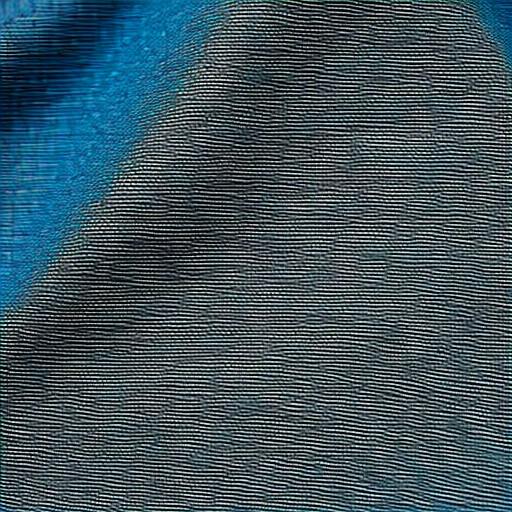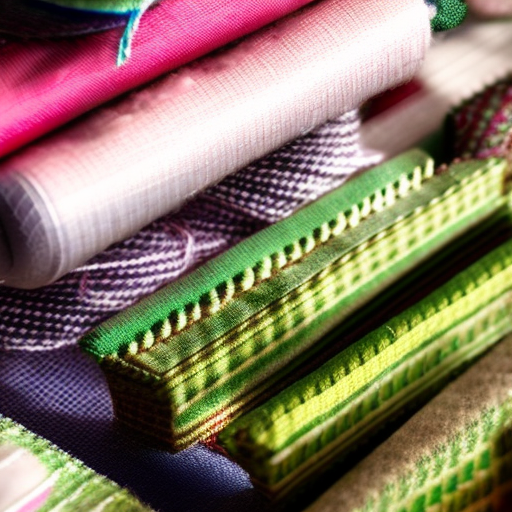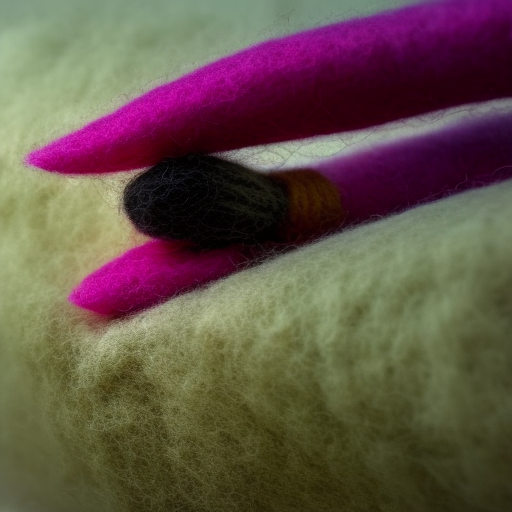

Mesh fabric is a lightweight, breathable material that is commonly used for various sewing projects. Its unique construction with open, closely spaced holes gives it a net-like appearance, allowing air and moisture to pass through easily. This quality makes it ideal for a range of applications such as clothing, accessories, and even household items.
Choosing the right type of mesh fabric:
- Nylon mesh: This type of mesh fabric is widely used for sporting apparel and outdoor gear due to its durability and moisture-wicking properties.
- Polyester mesh: Known for its strength and resistance to stretching, polyester mesh is frequently used in bags, pockets, and lining materials.
- Stretch mesh: As the name suggests, this type of mesh fabric has some spandex or elastane content, making it stretchy and suitable for close-fitting garments like swimwear and athletic wear.
- Power mesh: Offering more structure and control, power mesh is often used in the construction of undergarments, shapewear, and dancewear.
- Deco mesh: This type of mesh is stiffer and mainly used for crafts, wreaths, and floral arrangements.
Tips for sewing mesh fabric:
- Choose appropriate needles and thread: When working with mesh fabric, it is advisable to use a size 70/10 or 80/12 needle. Opt for polyester thread, as it provides good stitch elasticity and durability.
- Secure the edges: Mesh fabric tends to unravel, so it’s crucial to finish the edges. You can use a serger or overlock stitch on your sewing machine for a clean finish.
- Test stitches: Before sewing your final project, test stitches on scraps of mesh fabric to ensure the thread tension and stitch length are suitable.
- Be cautious when pressing: Mesh fabric can melt or warp under high heat, so use a low heat setting or a pressing cloth when ironing. Steaming is often a safer alternative.
- Consider lining: Depending on the project, you may want to line your mesh fabric to add more structure, opacity, or comfort. Lightweight cotton or polyester fabrics work well for this purpose.
- Use proper cutting techniques: Because mesh fabric can be slippery and may shift during cutting, it’s recommended to use weights or pattern weights to keep it steady. A rotary cutter or sharp fabric scissors help achieve clean cuts.
Whether you are creating athletic gear, trendy tops, or decorative crafts, sewing with mesh fabric opens up an array of possibilities. Its breathability and versatility make it a popular choice among sewing enthusiasts, ensuring both functionality and style in their creations.





Fascinating concept! #ReadyToLearn
Anna Warren: I want to give it a try #SewingAddict
Such a great way to explore a creative outlet! #StitchingMeshes